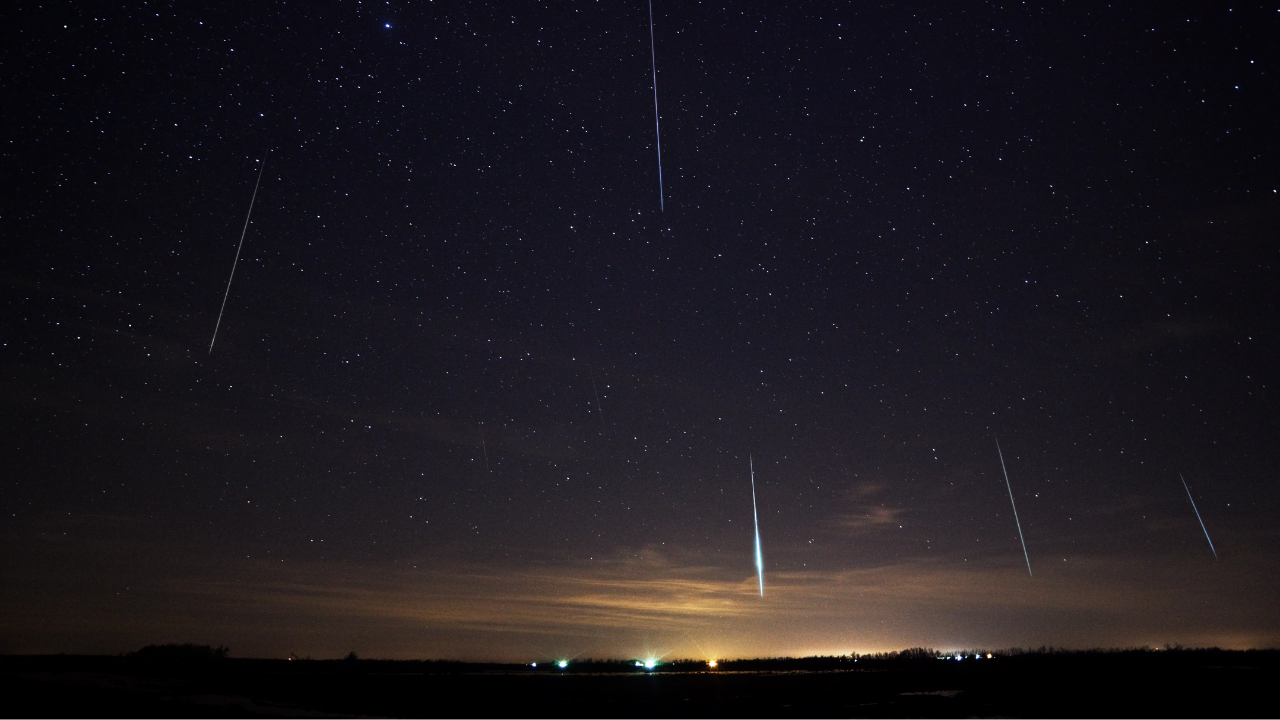Table of Contents

The Draconid meteor shower is back, lighting up the night sky from October 6 to October 10, 2024. While this year’s event may not be as spectacular as in previous years, it's still a fantastic opportunity for stargazers to enjoy a celestial show. Experts are also optimistic about a more dazzling display in 2025, which is worth noting for those who love meteor watching. Whether you're a seasoned astronomer or a casual sky observer, here’s everything you need to know to make the most of this year’s Draconid meteor shower.
What to Expect from This Year’s Show
According to Bill Cooke, head of NASA’s Meteoroid Environment Office, the Draconids are known for their unpredictable nature. “The Draconids are what I call an all-or-nothing shower,” Cooke explained in an interview with Smithsonian Magazine. “If there’s an outburst, it may be worth going out to see. But normal Draconid activity is very faint because they move so slowly. You might see two to three meteors per hour in a typical year, and that’s pretty much nothing.” However, this year, viewers might see up to 10 meteors per hour, a slight improvement that could make for an enjoyable viewing experience.
Draconid Meteor Shower: When And Where To Watch
The best time to catch the Draconids will be during the peak, which is expected at 3:00 UTC (8:30 AM IST) on October 8, 2024. Stargazers should aim to observe the skies on the evening of October 7 into the early hours of October 8. A waxing crescent moon, only 27% illuminated, will set shortly after sunset, leaving a dark sky for optimal viewing conditions. Those in the Northern Hemisphere will have the best chances of seeing the meteors, especially if they can find a spot with little light pollution.
The Rich History of the Draconid Meteor Shower
The Draconid meteor shower has a storied past, tied to the Draco constellation, which represents a dragon. This meteor shower is famous for its unpredictability. In some rare years, it has produced over 1,000 meteors per hour, creating an unforgettable experience for those lucky enough to witness it. The shower was first identified in 1900 by French astronomer Michel Giacobini and was observed again in 1913 by Ernst Zinner. The source of the Draconids is Comet 21P/Giacobini-Zinner, named in honour of both astronomers.

